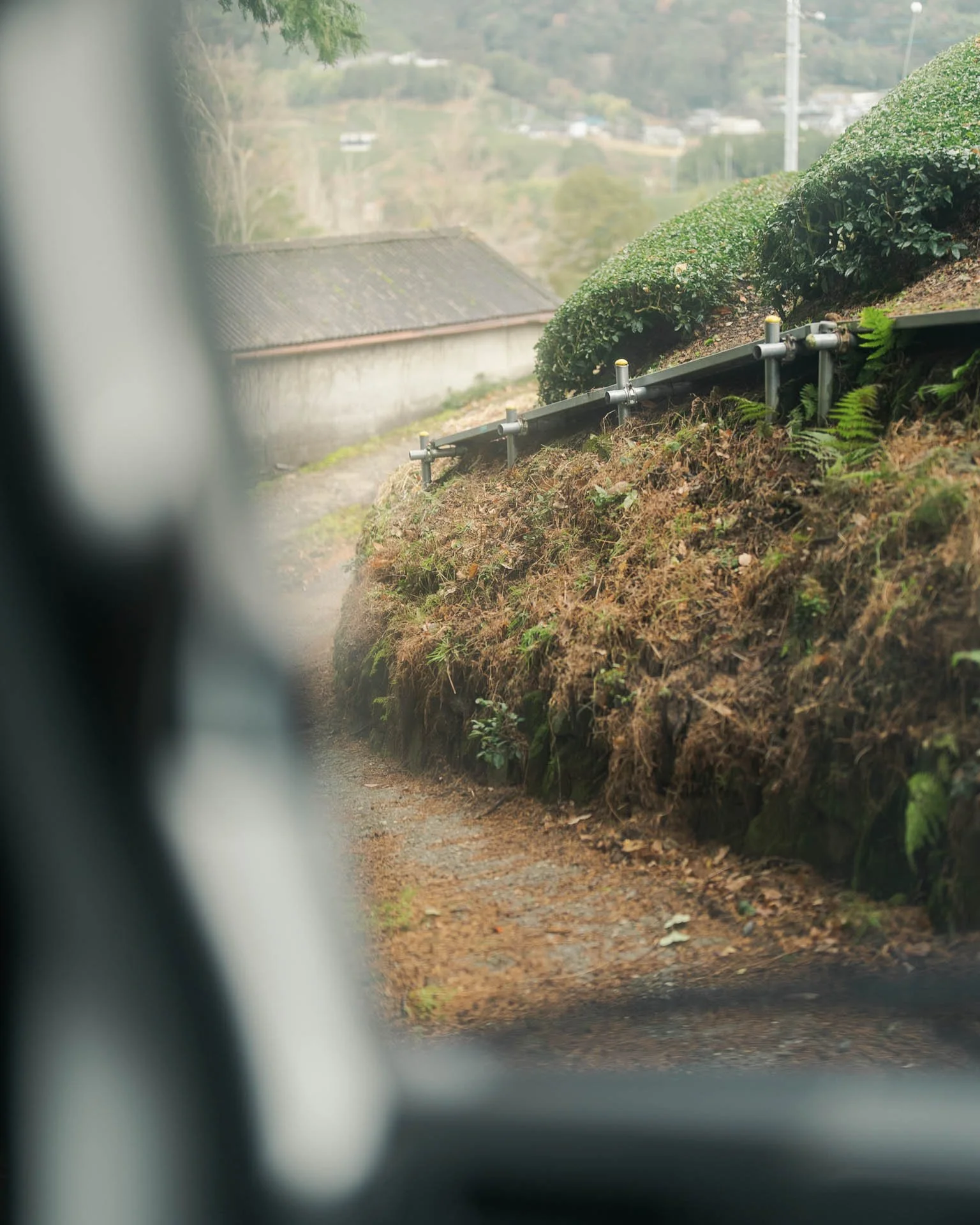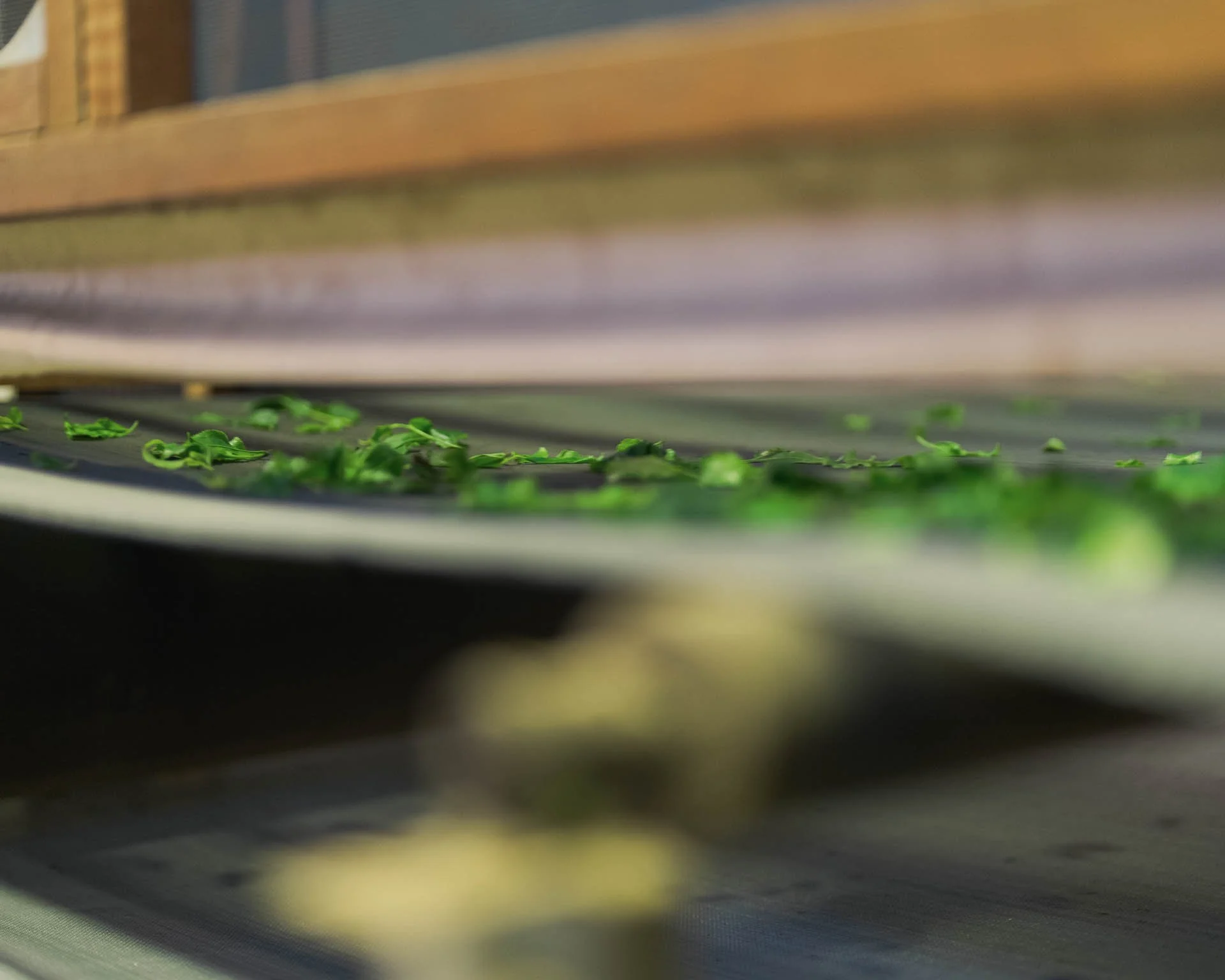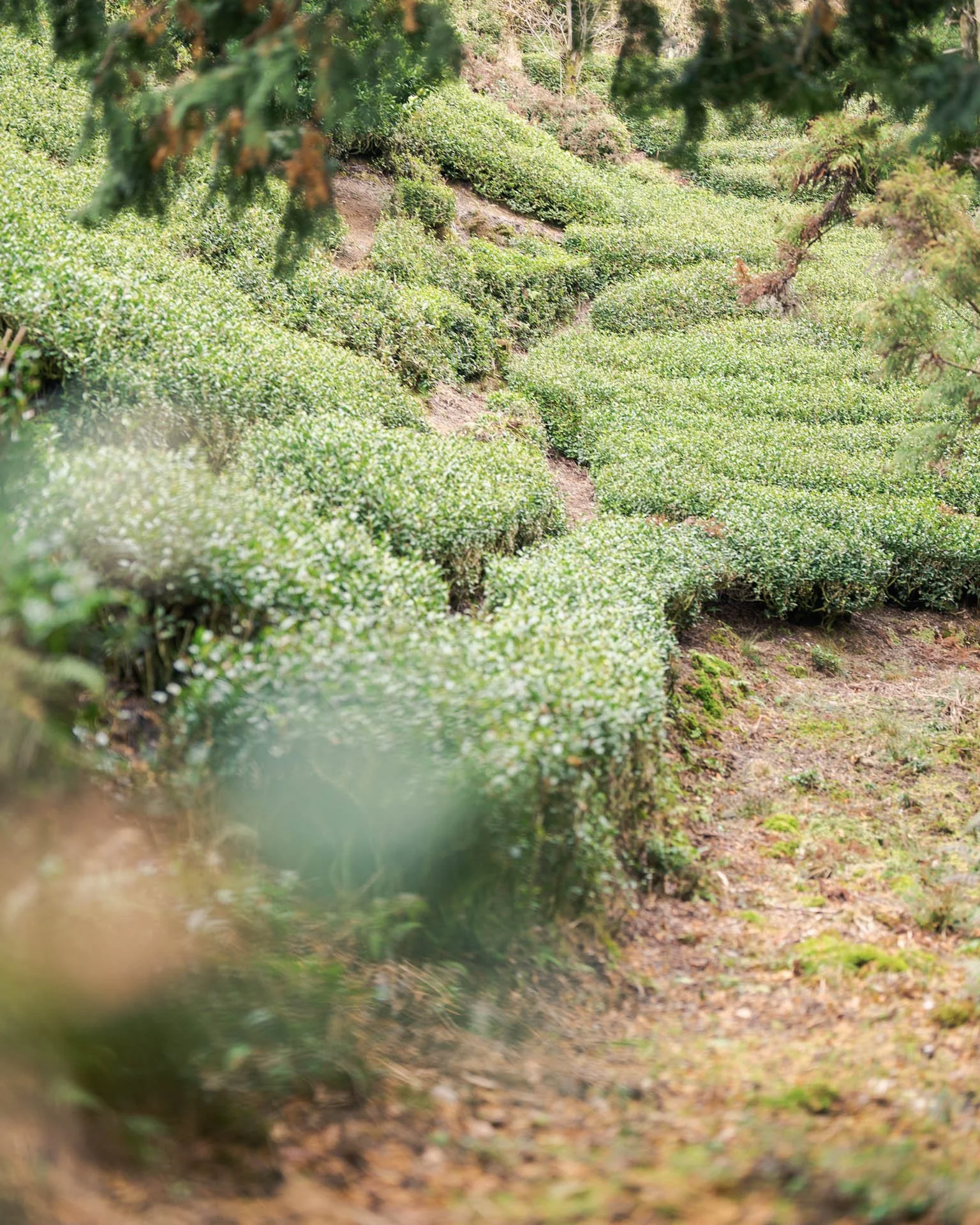The Importance of Nibancha on the 2025 Matcha Shortage
Matcha Nōto (抹茶ノート) is Ooika's monthly newsletter. Join here free to learn more behind-the-scenes about fresh-ground Matcha.
So much marketing you see on Tik Tok, YouTube, or even on Ooika’s website tells you that the highest quality Matcha is from the first harvest.
Spring harvest Matcha holds the highest concentration of compounds that contribute to taste, quality, and more. All of this is true, but it undersells the deep importance of Nibancha, the second lesser quality harvest.
The Matcha shortage will continue to get more severe, prices will climb, and more Matcha companies will struggle - all because of increased Nibancha prices.
Who Cares about Nibancha?
Nibancha is the second harvest of the tea bush after the first harvest occurs in Spring. Being lower quality, this material fetches far less at auction than the higher quality Spring harvest.
Western Preference
In the West, our preference tends to be higher quality Matcha, oftentimes marketed as “Ceremonial Grade,” even if it’s being used for Lattes.
Many Western influencer videos online encourage their audiences to only purchase spring-harvested Matcha, which is higher quality. (Including Ooika!) Also, you can learn more about Ooika and our mission here to preserve heritage Matcha, including Nibancha.
Misnomer & Price Surges
This with in mind: if I were to tell you that Nibancha harvests are severely reduced and auction prices are surging the obvious response would be: “who cares?” Afterall, wouldn’t you only want to buy the high quality first-flush material?
But this gets to the core of our conversation: Nibancha matters a lot, even in regards to the highest quality Matcha. And the shortages of Nibancha are going to affect the entire industry, including high-grade material. Let’s explain why:
Blenders and Blends
Traditionally, Matcha is actually a blend, not a single-origin product. Japanese companies like Marukyu Koyamaen, Hibiki-an, Ippodo and more strive to have consistent Matcha blends that maintain consistent taste and price across time.
Uji’s Rarity
Did you know that only 0.04% of all Japanese tea produced is actually grown in Uji? Considering you can find “Uji Matcha” across the world - like at Starbucks, and even in Kit-Kats, there’s an obvious question: how can they grow enough Matcha in Uji? The answer is: they can’t.
If big tea companies in Uji were to make blends using only tea grown in Uji, the price of the blends would be hundreds of dollars per jar. Not to mention, there wouldn’t be enough Matcha to last the world a few days, let alone a year.
Ichibancha Rarity
The same applies to Ichibancha. There’s simply not enough available to make large volumes of consistently-priced blends. Many of your favorite Japanese Matcha blends are cut with Nibancha material to help control price.
This isn’t only about price. Some blends may benefit from the taste of Nibancha as well - being less intense and complex, it can help round blends out.
Tea blenders, known as Chashi, may have any number of reasons they use Nibancha in a blend. But the point is, they often do.
A Lack of Nibancha
In our post Matcha industry report for July 2025, we covered just how challenging this years’ Nibancha is. A few key points:
At the recent auctions for Nibancha in Kyoto:
The previous record for Nibancha was ¥4,862/KG from 2016.
This year (2025) beat the record by 1.7X, or ¥8,235/KG.
It’s not just Kyoto. In Shizuoka, Nibancha material has 2X’d. Kagoshima, meanwhile, has 3X’d.
Wazuka’s Production
Nearly half of all Kyoto’s tea is grown in Wazuka, located not too far from Uji. Being a lower-priced, high-volume region, maybe blenders in Uji rely on material from this region. This is especially true for Wazuka’s Nibancha. Yet this year something unexpected happened:
According to trusted sources, some producers in Wazuka made the decision to not participate in a second harvest. When we asked why, our source explained:
“Ichibancha auction prices were so high that many farmers in Wazuka are satisfied with their profit, and selling another harvest may push them into tax complications.”
The source also explained some farmers realized that by giving the plant a year to rest and not doing a second harvest, next year’s first harvest will be more valuable than a first and second combined.
(Remember that bushes that are only harvested once a year produce a much higher quality Ichibancha harvest, as the plant has had an entire year to invest in its’ single harvest.)
What this all Means
Less tea grown this year due to weather, less material up for auction, and higher prices for Nibancha all mean that there’s going to be even more supply issues for blends.
Even if you prefer only the most high quality Matcha, these shortages will trickle down into higher pricing and limited availability.
AI Statement No AI was used in the creation of this content. All Ooika articles, content, emails and more are written and reviewed by real people.







Learn what’s happening in the world of Japanese Matcha with Ooika’s Matcha Industry Report from October 2025.